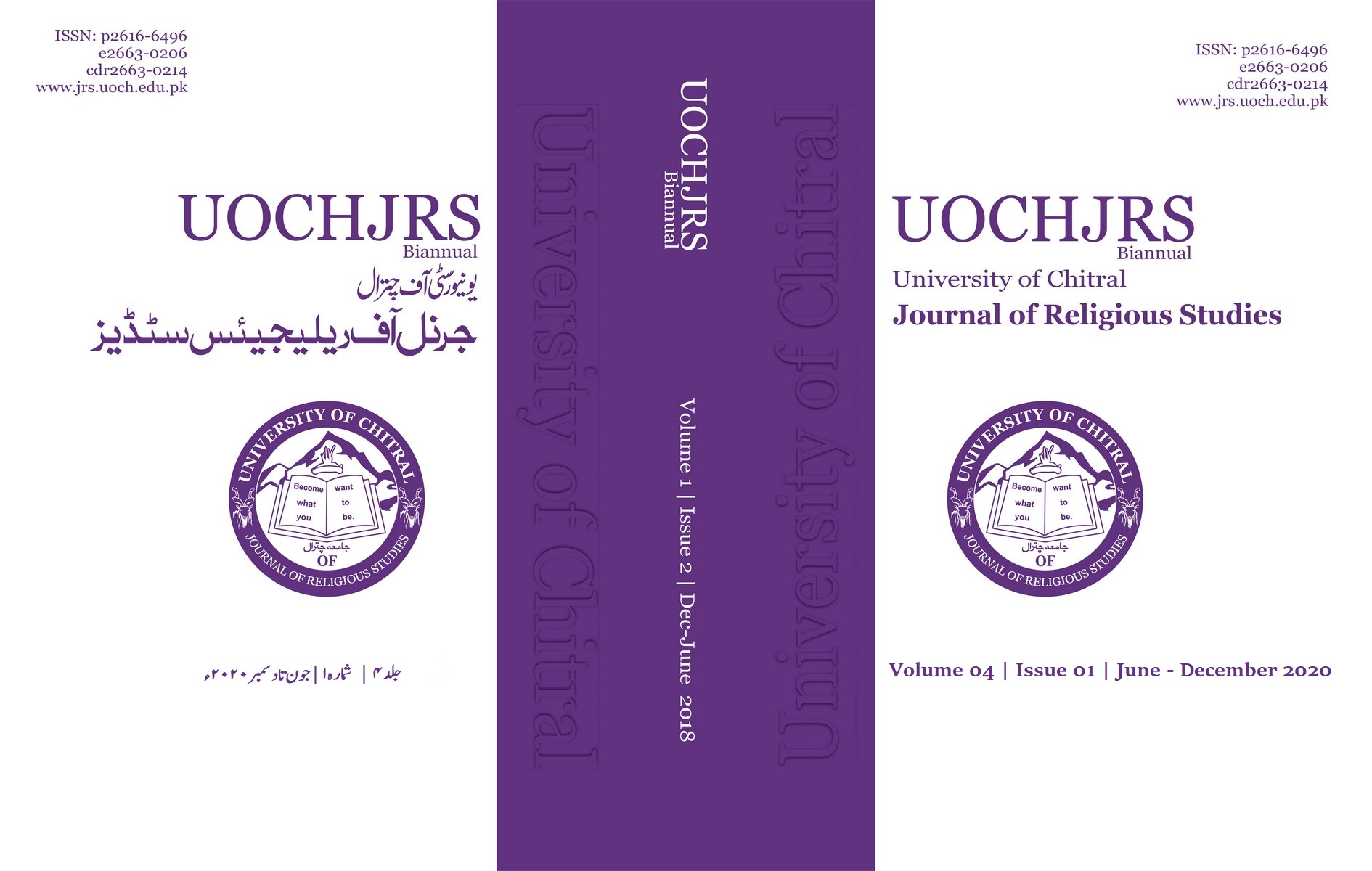Prohibition of Photography and the methods of interpreting aḥādīth: different narrations and roles
DOI:
https://doi.org/10.33195/journal.v3i1.256Keywords:
photography, pictures, interpreting, hadithAbstract
Muslim Scholars have been deeply influenced by the contemporary prerequisites in terms of the comprehension of ahadith and ‘Ijtihād’ proved very beneficial in this regard. In the contemporary world, the issue of ‘Photography’ to seek help from electronic media for the purposes of religious propagation has been under consideration. Muslim Scholars in the past as well as in the present have always been expressing their views about ‘Photography’. As in the past eras, there was little need of photography for the Scholars, unlike the contemporary age. Hence, they remained inclined to the prohibition of the photography. While in the contemporary world owing to the Cultural Revolution the importance of pictures has increased. At the end of the 20th century, the invention of computer developed. Because of this everyone began to share his views either they were right or wrong with others. So the Scholars of present era felt the need of pictures to be included in this situation. After realizing bits need they solved the problems hence abided by the laws of shariah to infer its legitimacy according to the Quran and hadith. In the following lines the particular situation will be analyzed in the light of shariah and ahadith which prohibit from photography.


